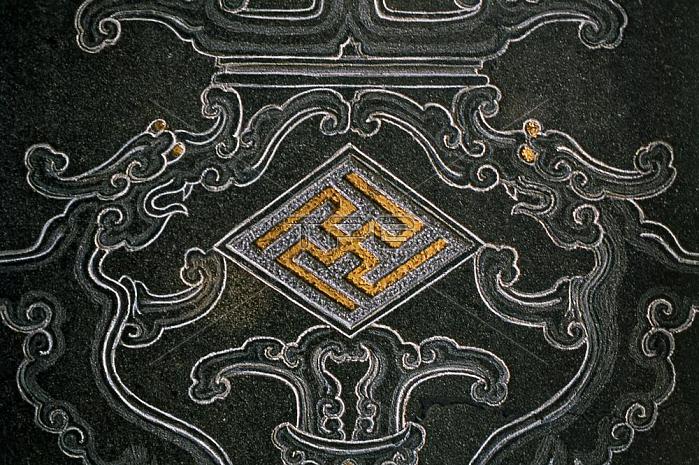
The earliest archaeological evidence of swastika-shaped ornaments dates back to the Indus Valley Civilization of Ancient India as well as Classical Antiquity. Swastikas have also been used in various other ancient civilizations around the world.
The swastika remains widely used in Indian religions; specifically in Hinduism; Buddhism; and Jainism; primarily as a tantric symbol to evoke shakti or the sacred symbol of auspiciousness. The word 'swastika' comes from the Sanskrit; literally meaning 'to be good'.
Despite the use of the name swastika for the Nazi hakenkreuz or 'hook cross'; the South Asian swastika has nothing to do with National Socialism or Fascism.
Taoyuan's old name was Taoziyuan (Chinese: ???; pinyin: T醥ziyu醤; Pe?h-oe-ji: Th??hn^g; literally: 'peach orchard'); since there used to be many peach blossoms in the area. In 1920 under Japanese rule; the area was renamed Taoyuan Town (Chinese: ???; pinyin: T醥yu醤 Jie; literally: 'peach garden town'); and incorporated into the Hsinchu state as a county jurisdiction. Since 1971; the name has remained Taoyuan City (???). Pictures From Asia David Henley
| px | px | dpi | = | cm | x | cm | = | MB |
Details
Creative#:
TOP19354057
Source:
達志影像
Authorization Type:
RM
Release Information:
須由TPG 完整授權
Model Release:
No
Property Release:
No
Right to Privacy:
No
Same folder images:

 Loading
Loading